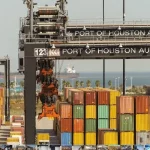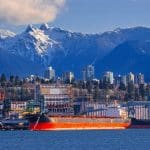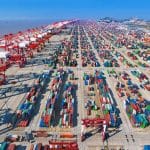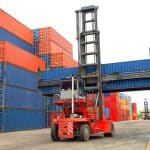PORT OF SAVANNAH CONTINUES TO OUTPERFORM RELATIVE TO THE NATIONAL MARKET’
Fall has been fruitful for U.S. ports on the East and Gulf coasts but not as bountiful for at least one West Coast gateway. “Customers continue to bring new or expanding business to the Port of Savannah, drawn by our global connectivity and the supply chain network that links Savannah to major U.S. markets, We can report that ships at anchor are trending downward, and expanded berth capacity coming online next year will allow us to serve our growing customer base with even greater efficiency.”
LOS ANGELES IMPORTS KEEP SINKING AS EAST COAST GAINS MORE GROUND
The Port of Los Angeles reported yet another month of falling volumes on Tuesday, as the import pendulum continues to swing away from the West Coast and toward container shipping gateways on the East and Gulf coasts. It was the lowest October import tally since 2009 amid the global financial crisis and the lowest monthly imports since May 2020 at the height of the COVID lockdowns. This October’s imports were down 14% from October 2019 prior to the pandemic.
EXPORTER LOSSES ARE COLLATERAL DAMAGE IN WEST COAST PORT DISRUPTION
Last week’s work action stirred up bad memories of negotiations in 2014–15, when locally initiated job actions over several months severely disrupted ports up and down the West Coast, resulting in huge losses for exporters.
ILWU HALTS VESSEL OPERATIONS AT OAKLAND’S LARGEST TERMINAL
Sources with knowledge of the Port of Oakland’s operations called Monday’s action by the ILWU an obvious attempt to exert pressure on stalled contract negotiations with the Pacific Maritime Association.
DALLAS UP & BNSF CURRENT SITUATION
Both UP and BN are live mounting. BN is getting much better. Both Dallas UP and BNSF are allowing private and pool chassis if truckers can find them. UP just started BNSF has been doing it for months.
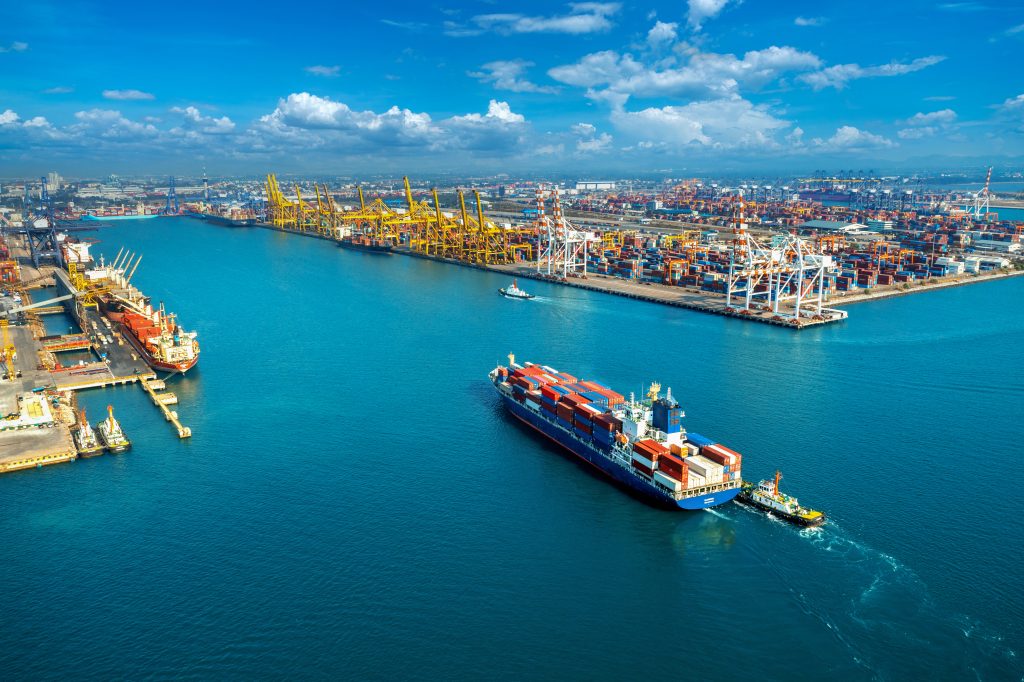
REGIONALLY
U.S. East Coast – Import:
Congestion at East Coast ports is still prominent as more cargo is being routed through this region to avoid West Coast ports. As an alternative, some importers are sending goods to the Gulf region.
U.S. East Coast – Export:
All east coast ports have severe schedule disruptions due to a backlog of incoming freight. Expect delays and possible rolling of vessels.
U.S. & Canada West Coast – Import:
Congestion has eased at West Coast ports, however, we still recommend booking at least 2 weeks in advance and being open to using various modes/routes of transportation.
U.S. West Coast – Export:
We continue to see gate capacity restrictions and limited rail reservations available at inland points such as Chicago. Carriers are accepting bookings from inland ramps but not in the volume needed in the market. The Congestion and subsequent vessels in the queue to unload are causing a continued backup of export cargo staged to go outbound. We are seeing more export bookings missing scheduled departures as the terminals can’t accept the loaded container with limited space and labor constraints. Not only is this causing a delay in freight loading and arriving at the destination, but the carriers are now charging significant demurrage and per diem, for the time their containers are held up which is being passed on to the cargo owners.
U.S. Midwest – Inbound & Outbound:
Chicago rail delays are increasing and chassis shortages continue. We are seeing some containers going into stacks with trains stopping at checkpoints for several days.
